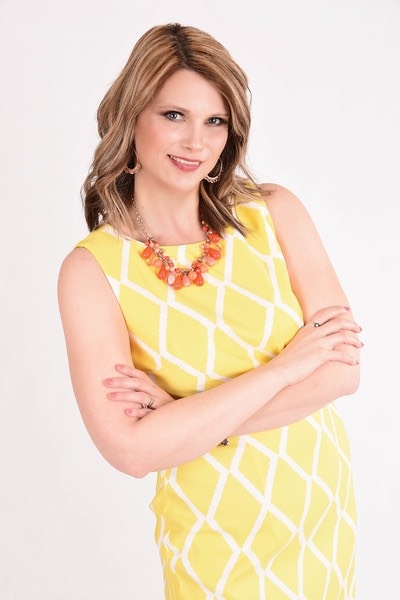2. The Fixer. “I’m sorry Zack hurt your feelings. I’ll call his mother and talk to her about it.” “I can’t believe you got a C on this. I can see why you’re mad! You worked so hard. I’m going to see your teacher.” “I know you’re sad that your cat died. We’ll go get you another cat.” It feels like we are doing right by them, stepping up to fix the problem, but it isn’t always the appropriate response. Sometimes we can fix it, but sometimes they need to fix it themselves, or just accept that sometimes, things are bad for a while. That’s life. We’ve all heard the stories of parents still coming to college to intervene, and if we don’t step back and let kids deal with the tough stuff sometimes, that might end up being us! A deeper problem with being “the fixer” is that kids learn that bad feelings are, well bad and need to be avoided at all costs. They become extremely uncomfortable when things don’t go their way and may always be looking for a fix, which could lead to dangerous territory. Kids need to know that bad feelings are normal too. Emotionally intelligent children learn how to feel their anger or sadness and move through it without letting it become destructive.
Try this: “I’m sorry you’re feeling bad. Would you like a hug?” One of the toughest but most mature things we can do as parents is to learn to hold space for our children through tough emotions and not become engulfed in them ourselves. This is especially true with anger as it often evokes our own anger that we have to breathe through. We have to be the steady captain when the waters get choppy so that our children feel safe with us. When we sit with them through their bad feelings instead of rushing to fix everything, they learn that bad feelings are temporary anyway, and that’s a really important lesson.
3. The Isolator. “If you’re just going to pout all night, go to your room!” “Don’t come out until you’re ready to be nice!” Sending kids away when they’re experiencing bad feelings has negative consequences. They may learn to stifle their emotions so as to not be isolated, and this is especially true for young children who are alarmed at being alone or losing attachment. It’s very disheartening to have to feel good when really you feel bad. If you can’t feel bad at home with your family, where are you allowed to feel bad? Of course, if your child is angry and hurling insults (or items!) that’s one thing, but anger itself, or frustration, sadness, overwhelm, etc. aren’t worth isolating a child for when human connection is the antidote. Another negative consequence of isolating is that kids feel they are only accepted (or even loved) when they feel good or happy. This is another hindrance to the relationship. Consequently, they may turn to their peers who they feel accepts all of them but don’t necessarily give wise counsel.
Try this: Do the opposite of isolate – connect. Invite your sad, frustrated, or angry child to hang out with you. Play a game, bake cookies, or go visit friends. Communicate that you are willing to listen if your child wants to talk, but just spending time connecting and snuggling is very healing.
